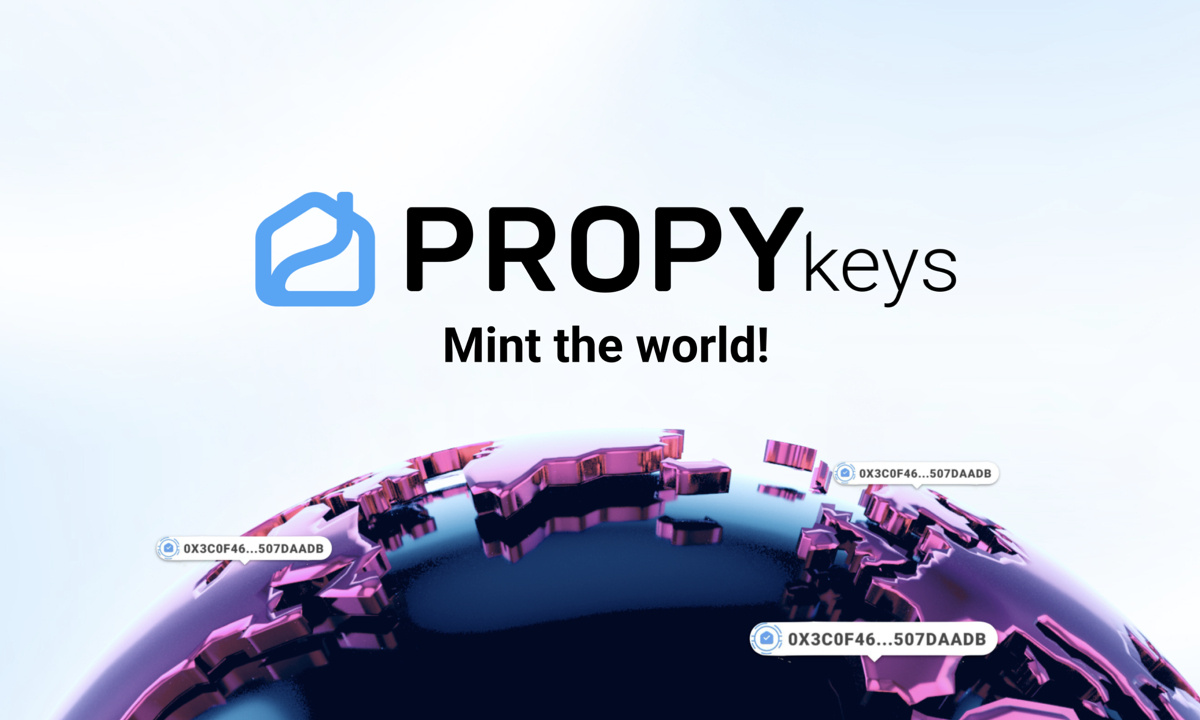Table of Contents
Cryptocurrency staking is a term that is widely used in the field meaning an act of pledging or putting your crypto assets in a protocol and earn rewards in return. While staking is taking a new meaning in the world of decentralized finance (DeFi), this act mainly allows users to participate in securing the network on proof-of-staking (PoS) consensus blockchains by locking up their tokens and earn rewards in form of the native tokens.
Simply, the more a person stakes on a protocol, the more security they provide to the security and the higher the rewards. These rewards are distributed on-chain, which means an automatic process is activated following a certain proposal, and tokens are added to your wallet directly.
Bank saving or crypto staking?
In the traditional finance world, crypto staking can be compared to saving your cash in the bank - the only difference being that you are paid cash interest in the bank while staking pays out in native tokens. Cryptocurrency investors are usually torn between the two passive income strategies - a high yield but risky staking tokens and the security offered by a standard bank staking account.
In reality, this should be no dilemma when you critically look at the safest staking models versus the highest yielding bank accounts. According to Bankrate.com, the highest rate you get in U.S. banks savings account is 1% - most bank accounts offering lower rates. With 2020 inflation rates hitting 1.5% (due COVID19 pandemic and the $2 trillion stimulus program), you would effectively be losing your money if you stored it in a bank.
Apart from the low savings rates, traditional banking systems charges high fees on transactions further eating up your interest. Finally, once you store your money in a bank, you effectively do not own it - giving the bank an opportunity to spend it however it likes, remember the 2008 bank crisis, Lehman brothers?
A new way of saving?
As such, investors are moving to the crypto space en masse trying to preserve the purchasing power of their funds. However, with an ocean of staking protocols available to the user, it can be overwhelming to select the best protocol to start staking. After using hundreds of staking protocols in the crypto space, one project - Yefi.one - stood out as a simple-to-use staking platform offering competitively higher yield than other platforms.
As a passive income protocol, Yefi.one revolutionized staking in the crypto world by focusing on security, simplicity, and high yield rates for users who stake on the Yefi DApp. Built on Binance Smart Chain (BSC), the platform is open-source and non-custodial, which means you own your own funds at all times. Users can choose to stake assets for a period of 1 day or 15 days and to auto-renew their stake or not. The high yielding platform automatically calculates the interest rates and executes reward allocation every 10 minutes - after each block is mined.
Unlike the traditional finance saving process whereby you need 1-3 business days to have access to your funds, Yefi.one allows you to withdraw your funds (and accumulated interest) any time you wish.
— YeFi.one (@yefi_platform) July 25, 2021
However, crypto staking remains a risky endeavor for any investor given the wild number of hacks on platforms happening across the crypto space. The key to selecting Yefi.one has to be its secure and audited smart contract that minimizes the risk of external hackers taking over the platform. Additionally, the protocol ensures your staked amount remains valuable removing impermanent loss completely.
Finally, the rewards can be used in community governance and effectively boosting security on the platform. Can your bank ever allow you to have a say in your funds?
The evolution of staking in DeFi
As the cryptocurrency ecosystem continues to grow, new innovations are helping more investors earn passive income. Before staking came into play there was mining and now the ecosystem is embracing yield farming as a new passive income strategy.
During the 2020 pandemic run, yield farming took center stage in the crypto field, thriving alongside the DeFi ecosystem. Yield farming, or liquidity mining, is a method of earning cryptocurrencies by temporarily lending crypto assets to DeFi platforms in a permissionless environment.
While it may seem similar to staking, yield farming is exclusive to decentralized exchanges such as Uniswap, Sushiswap and Pancakeswap, which require decentralized liquidity to facilitate trading. These platforms offer high yield rates (higher than staking) to incentivize liquidity providers to keep their funds in the platforms for as long as possible.
However, yield farming is highly risky as most farms are not audited and there’s a high prevalence of investors losing their funds due to impermanent loss.
Final word
The crypto world beats traditional savings hands down if you find the right staking or farming platform. The real question is whether you should prefer staking to yield farming as they both offer different goals and purposes.
While yield farming focuses on gaining the highest yield possible, staking focuses on helping a blockchain network stay secure while earning rewards at the same time.
Disclaimer: This article is provided for informational purposes only. It is not offered or intended to be used as legal, tax, investment, financial, or other advice.
Investment Disclaimer













